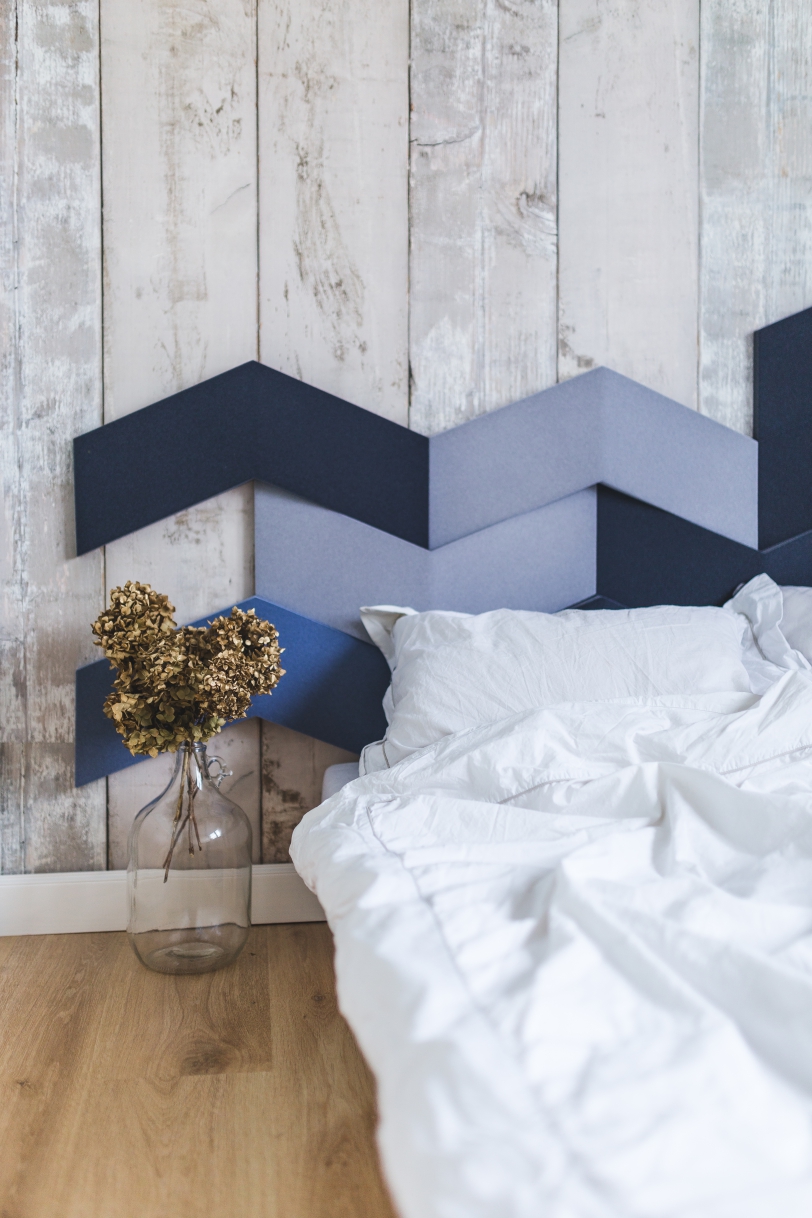It’s a topic that’s rarely addressed in beauty columns. But it’s a concern for many. There’s an abundance of information about how to apply makeup for fine lines, hyper-pigmentation, active acne, and large pores, but we have to reach deep into YouTube if we want to learn how to diminish the appearance of permanent, pitted scarring. Whether it’s from an ancient bout of cystic acne or even childhood chicken pox, these charming aberrations in texture pose a challenge to even the most gifted cosmetic whizzes.
The following is a full-coverage routine you can do to help minimize the appearance of pitted/recessed acne scars. Depending on your scarring, it may not completely cover them up (or fill them in, rather). In my experience, it nicely deemphasizes them. Because this is a full-coverage routine, I don’t wear it every day. I prefer to let my skin breathe as much a possible. In fact, most days you will find me wearing just a BB cream with SPF. But this routine is great for special occasions or days when you want to go all out!
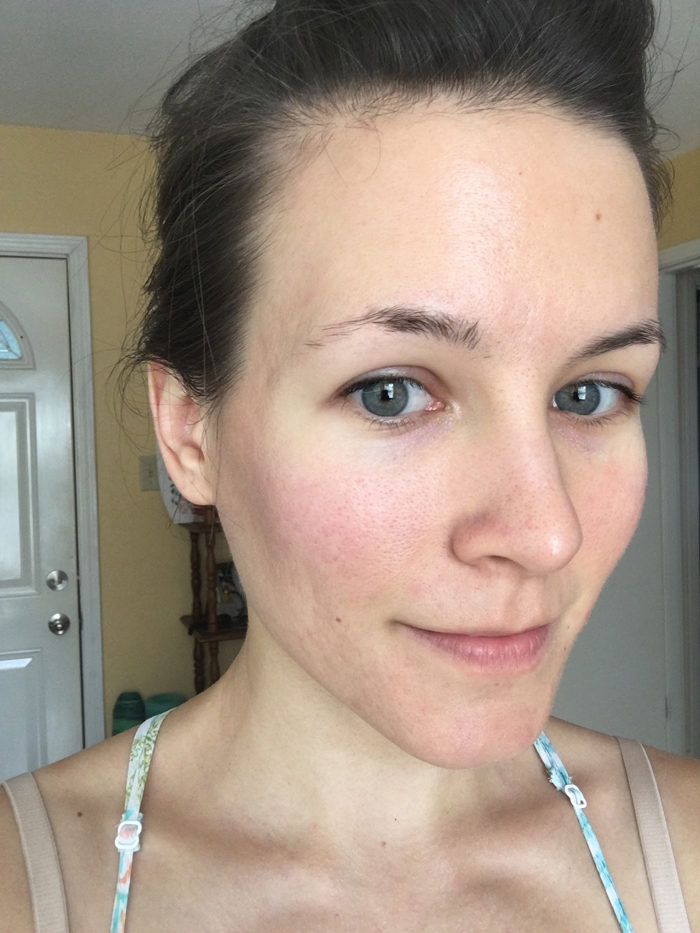
Before makeup. (Texture is mostly on lower cheeks.)
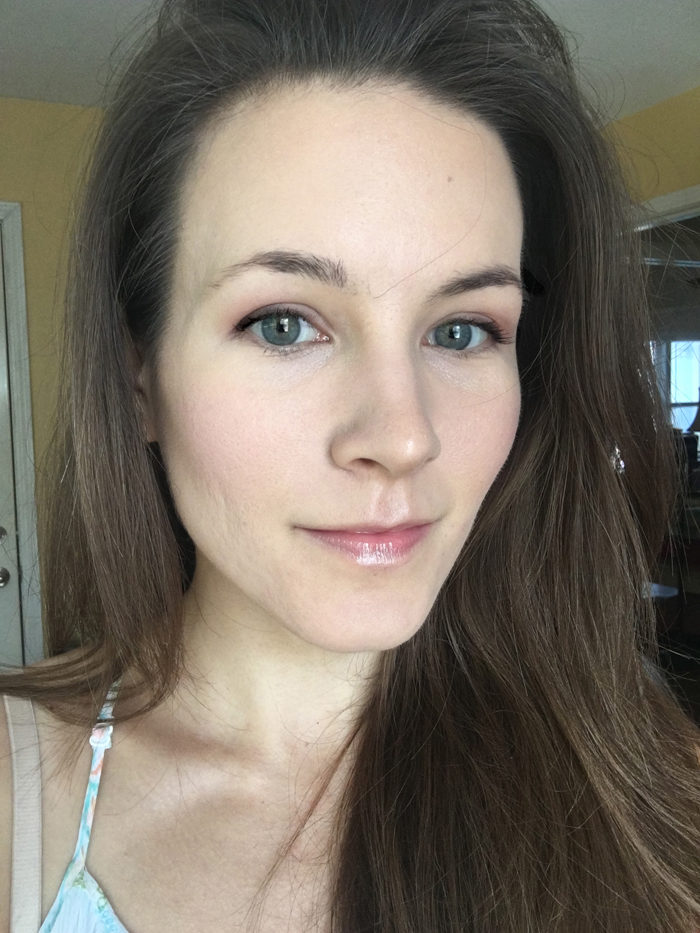
After makeup. (I realize this foundation isn’t perfectly matched to my neck, etc. Finding neutral-toned foundation is tough!)
Makeup Routine for Pitted Acne Scars
You will need:
Primer. A primer will help your makeup stay in place. It will also help temporarily fill any recesses in your skin—whether that’s pores or pitted scars. Seek a primer that’s free of any “glow” factor. Attracting light to any uneven texture will make it more noticeable. There are many primers on the market suited to the job. 100% Pure Mattifying Primer is a nice higher-end option. For a more affordable option, e.l.f. makes a basic primer that will do the trick.
How to use: Pat and push primer into the affected area. Patting the product on—rather than swiping it over your skin—will help it fill in recessed areas.
Makeup wedge or beauty blender, torn in half (gasp!). I learned this tip from makeup artist Wayne Goss. Take a makeup wedge or a makeup sponge and tear it in half. The uneven texture on the torn side is perfect for reaching recessed areas.
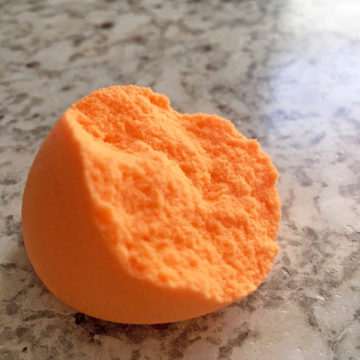
How to use: use with a matte foundation (see below).
Matte foundation. Using matte foundation was a game changer for me. Hitherto, I’d almost always used foundations with a “natural finish.” I even used some that glowed with subtle iridescence. But as I mentioned earlier, we don’t want to attract any light to the area.
Generally speaking, liquid or cream foundations are best for this particular skin concern. Although most mineral powders are matte, it’s hard to build up enough coverage to at least partially fill the recessed areas without the powder looking cake-y (at least in my experience—I’d love to hear you tips if you know a way to get around this!).
Another makeup conundrum that I’ve run into is that it’s incredibly difficult to find a matte liquid or cream foundation formulated with mostly natural ingredients. I searched my favorite online natural beauty boutiques with no luck. Most natural liquid or cream foundations have finishes that are “natural,” “dewey,” “satin,” or even “pearlescent.” (Also, if a foundation is marketed for “mature skin,” chances are it will have a bit of a sheen.) The only “green” option I’ve found is 100% Pure Fruit-Pigmented Healthy Foundation. It has a powder-y finish, so you may find that you don’t need a setting powder.
You can also try this matte foundation by Kat Von D. Although it’s vegan, cruelty-free, parabens-free, and synthetic fragrance-free, it’s by no means a green beauty product.
How to use: After applying primer, use your fingers to apply spots of foundation around the affected area. Use a dampened, torn makeup sponge to stipple the product into and around the recessed areas. Stipple, stipple, stipple! Apply foundation to the rest of your face using your favorite method. In an ideal world, I would use a foundation brush on my entire face.
Translucent setting powder.
As with your primer and foundation, make sure you’re using a matte formula—so many have a glow factor these days! If it says “radiant” anywhere on the package, run away! (Or save it for areas you actually want to highlight.) Fortunately, there are tons of matte setting powders around. I like bareMinerals Mineral Veil with SPF 25. It doesn’t contain the dreaded bismuth oxychloride that some bareMinerals products do.
How to use: Use with a small setting brush (see below).
Small setting brush. Although you can use a typical powder brush to set your makeup, I like to use a small brush to selectively apply translucent setting powder to the affected areas and along my T-zone. I prefer to leave my cheek bones alone since I’ll be applying highlighter there. I like this small setting brush by Real Techniques.
How to use: Dip into translucent powder and tap off excess. Press, rather than swipe, powder into the areas you want to set.
Optional: setting spray or toner. Mist your completed makeup, and use a damp makeup sponge (not necessarily a torn one), to gently press the setting spray into your foundation. Here is a recipe for a DIY setting spray.
There you have it!
Additional tips:
Selectively highlight. You can still use highlighter! Just save it for the areas you want to draw attention to. I use mine on the apples of my cheeks and along my cheekbones.
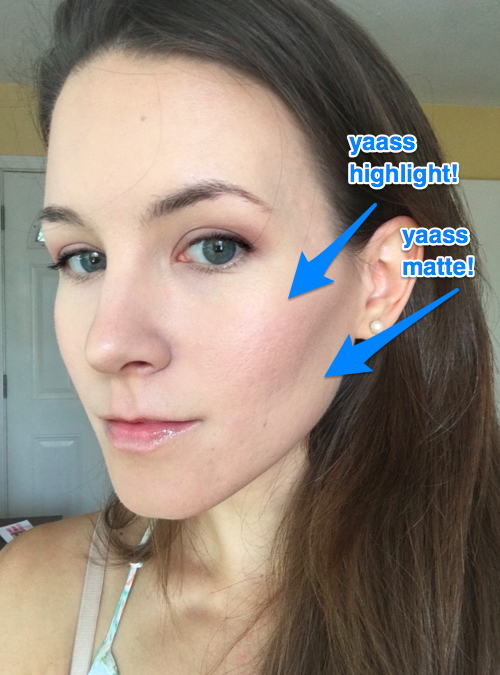
Emphasize your eyes. For my scarring, this routine doesn’t camouflage things perfectly. I would probably need actual wall spackle for that! Therefore, I like to emphasize my eyes to hopefully draw attention away from the lower half of my face where most of my scarring is.
Smile! A beautiful attitude is prettier than any makeup. Plus, chances are that you notice your scarring more than anyone else. After all, people tend to see others as a “whole” while it’s common for individuals to look at themselves as a collection of flawed parts—but the sum of you is far greater than any “imperfect” part 🙂
Let me know if you try this routine! 🙂
Related: The Difference between Hyper-Pigmentation and Acne Scars
I Tried It: Topical Probiotics for Acne
Get more like this—Subscribe to our daily inspirational newsletter for exclusive content!
__
Photos: Mary Hood Luttrell

